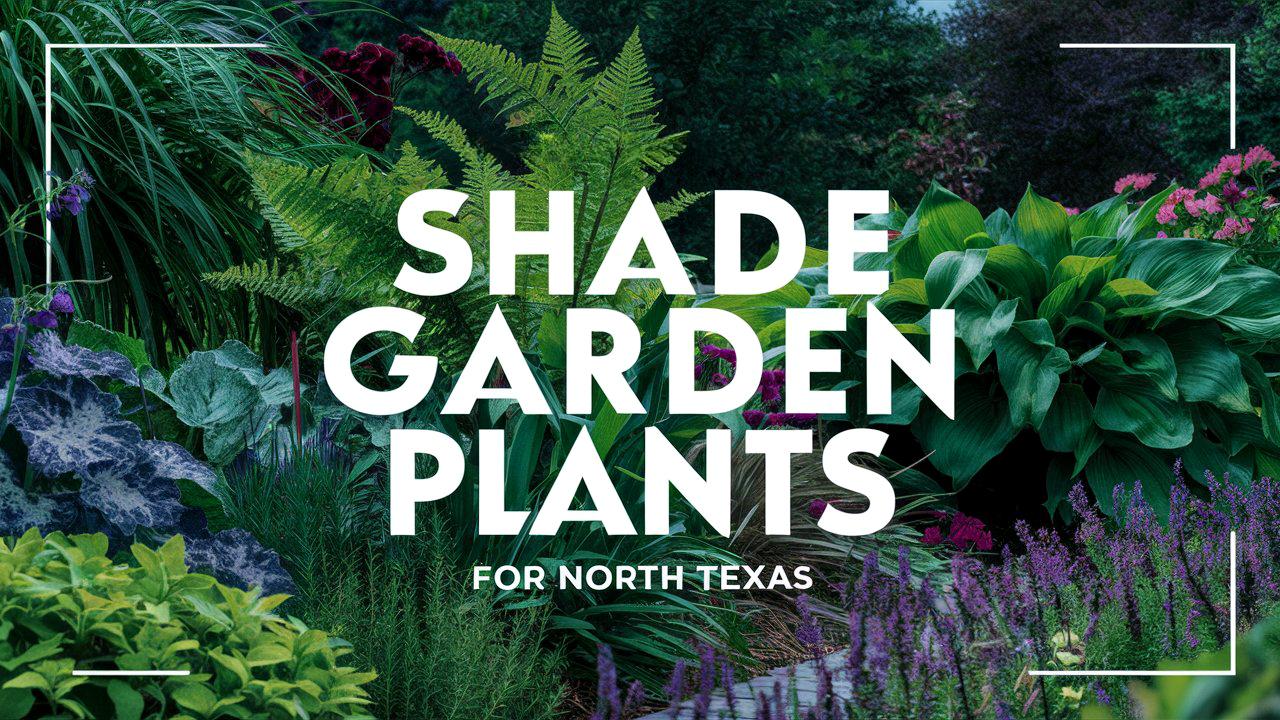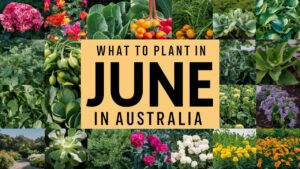North Texas is known for its diverse landscape, with its hot summers and mild winters creating distinct challenges and opportunities for gardening enthusiasts. One of the most rewarding areas for garden planning is the shade garden. Whether shaded by mature trees or strategically placed structures, shade gardens provide a sanctuary for a myriad of plants that thrive in low-light conditions.
Autumn Fern (Dryopteris Erythrosora)
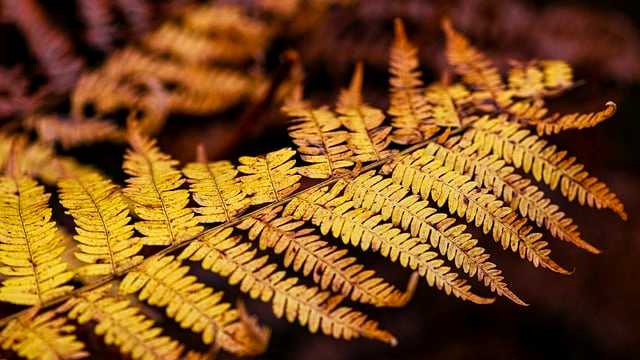
One remarkable plant that thrives in shaded areas of North Texas is the Autumn Fern. Known for its beautiful fronds that emerge as a striking copper color in the spring, this fern provides a little extra flair in your garden. The color transitions to a lush green as the seasons progress, maintaining interest throughout the year.
Autumn Ferns prefer well-drained, moist soil, and they are relatively low-maintenance once established. They work wonderfully as ground cover, creating a soft, textured layer beneath taller plants. For those new to gardening, planting Autumn Ferns is quite forgiving; simply ensure they have some organic matter in the soil, and they will flourish in filtered sunlight or partial shade.
Azaleas (Rhododendron ‘Anna Rose Whitney’)
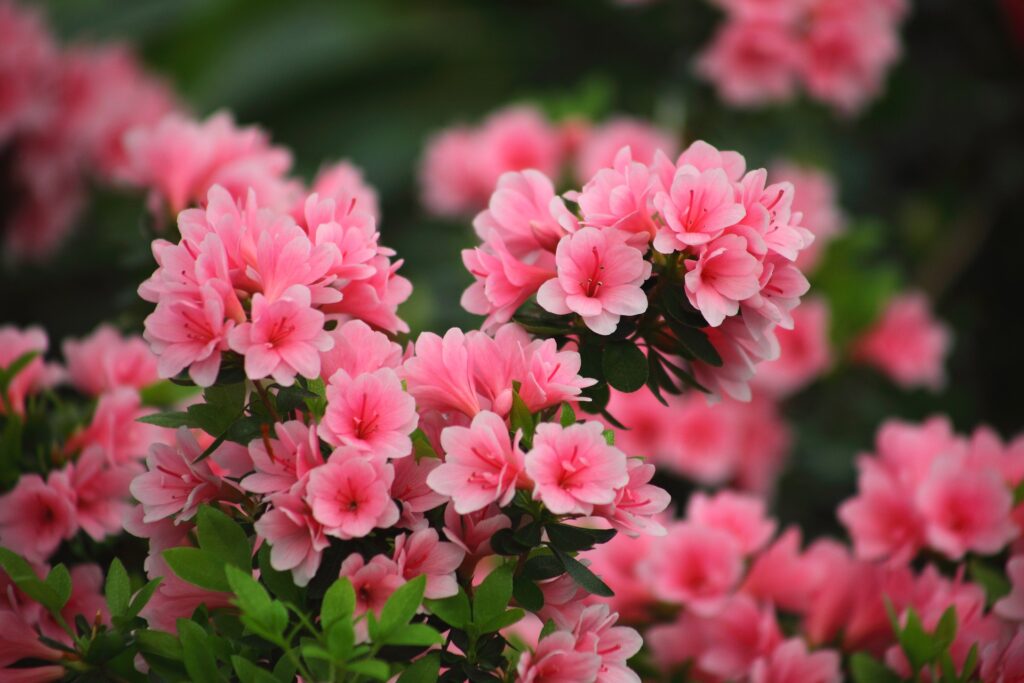
Azaleas are quintessential shade garden plants that can add brilliant blooms to your North Texas landscape. Specifically, the ‘Anna Rose Whitney’ variety is particularly prized for its vibrant pink flowers and broad, evergreen leaves. This plant thrives in acidic soil and prefers areas with morning sun and afternoon shade, making it ideal for the climate.
Planting azaleas in groups can create a striking display when they bloom in the spring. Regular mulching helps retain moisture and maintain soil acidity. For beginners, be mindful of providing ample space between plants to encourage air circulation. With careful attention, azaleas can become a stunning focal point in your shade garden.
Big Leaf Hydrangea (Hydrangea Macrophylla)
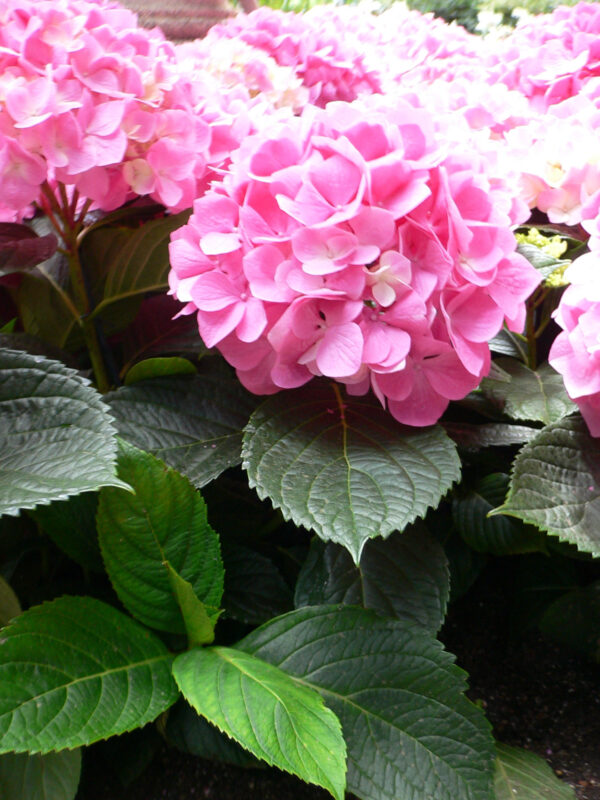
If you seek dramatic flowers and lush foliage, look no further than the Big Leaf Hydrangea. This perennial is famed for its oversized blooms, which can range in color from deep blue to vivid pink, depending on soil pH. Given its love for rich, moist soil, this plant will thrive beautifully under tree canopies or in shaded areas of the garden.
Unlike some other flowering plants, Big Leaf Hydrangeas require regular watering, especially during dry spells. Plant these in well-draining soil and consider deadheading after blooming to promote new growth. For novices, understanding the importance of soil moisture and the right nutrient balance is key to enjoying a bountiful hydrangea display every year.
Bluemist Flower (Conoclinium Coelestinum)
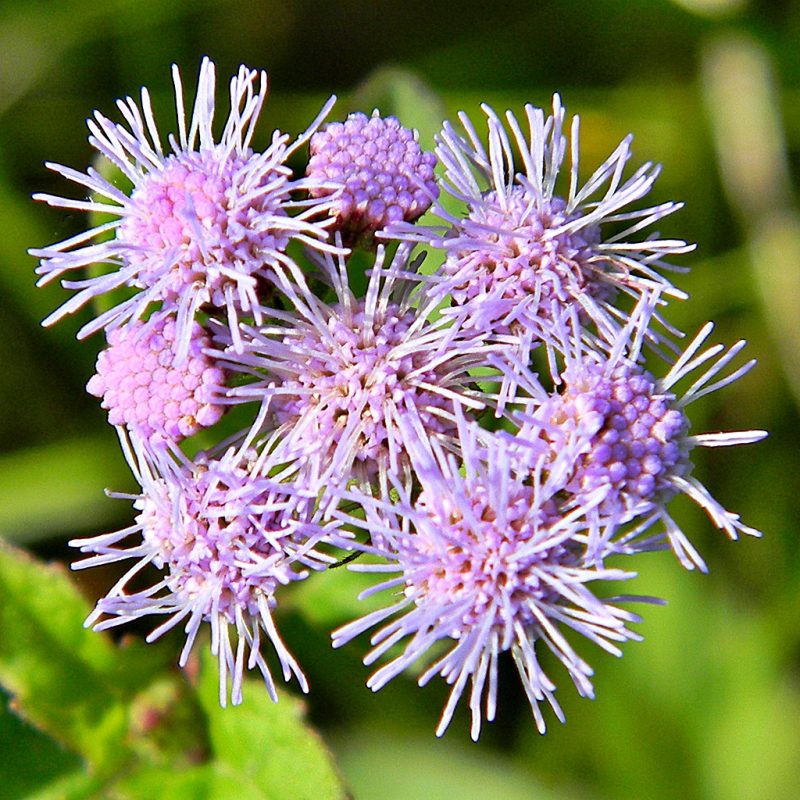
The Bluemist Flower is a delightful addition to shade gardens, offering soft lavender-blue blooms that attract butterflies and other pollinators. This perennial enjoys moist, well-drained soil and can adapt to varying light conditions, but it thrives best in partial shade.
In addition to their beauty, Bluemist Flowers are known for their ability to spread easily, making them excellent fillers for live garden arrangements. They provide a low-maintenance option for beginners; simply ensure that they have enough moisture and watch them flourish. These flowers not only brighten your garden but also become an important part of the ecosystem, promoting biodiversity in your backyard.
Buddhist Pine (Podocarpus Macrophyllus)
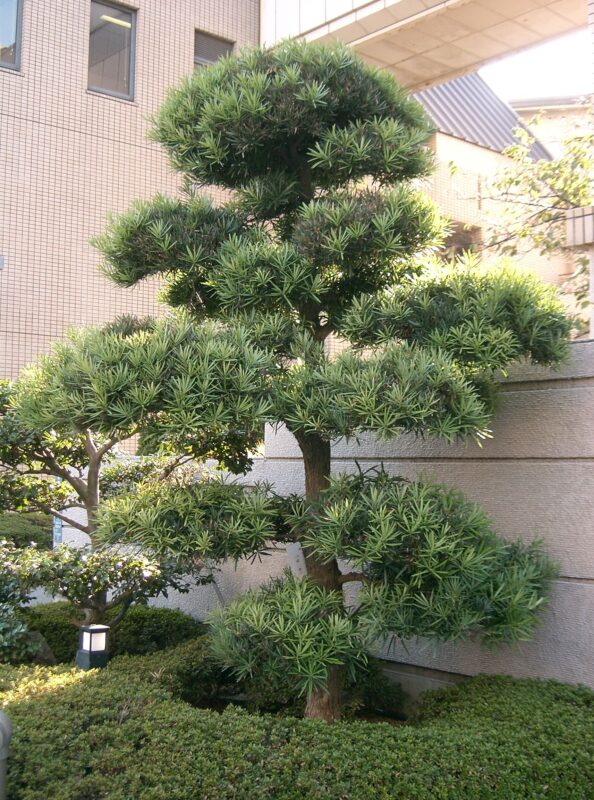
When considering shade garden plants, the Buddhist Pine is one of the unique specimens you might encounter. With its elegant, dark green needles, this coniferous shrub brings a touch of the exotic to your garden. It can also grow as a small tree, adding vertical interest to shaded spaces.
Buddhist Pines are adaptable and can tolerate various soil types, though they do prefer well-drained soil. They grow best in dappled light or partial shade. Regular watering during dry periods will ensure they develop strong roots. This plant serves as an excellent backdrop for flowering garden plants and will contribute a dramatic element to your landscape while requiring minimal maintenance.
Camellia Debutante (Camellia Japonica ‘Debutante’)
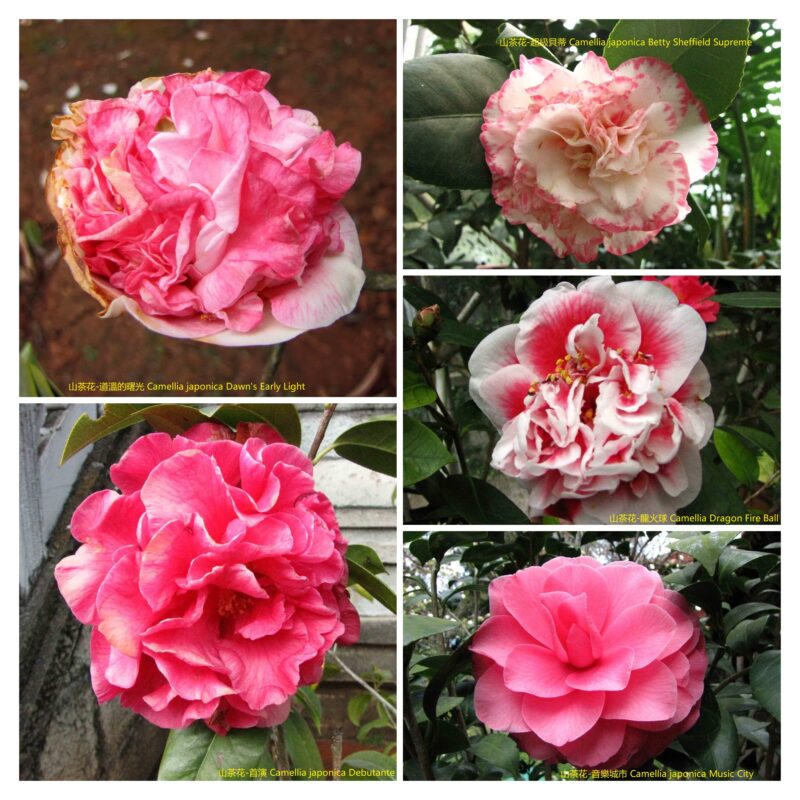
The Camellia Debutante is a staple for any shade garden, renowned for its breathtaking pink blooms that grace the landscape in the fall and winter. This evergreen shrub thrives in partial shade, which helps prevent leaf scorching in the scorching Texas sun.
Due to its elegant appearance, it’s ideal for formal garden settings, but it also fits nicely into a cottage garden scheme. Camellias thrive in acidic soils, so incorporating organic matter during planting is beneficial. Regular pruning after blooming will encourage healthy growth and flowering the following year. Beginners will love the beauty and long-lasting blooms of the Debutante, as it adds a pop of color when many other plants are dormant.
Cast Iron Plant (Aspidistra Elatior)
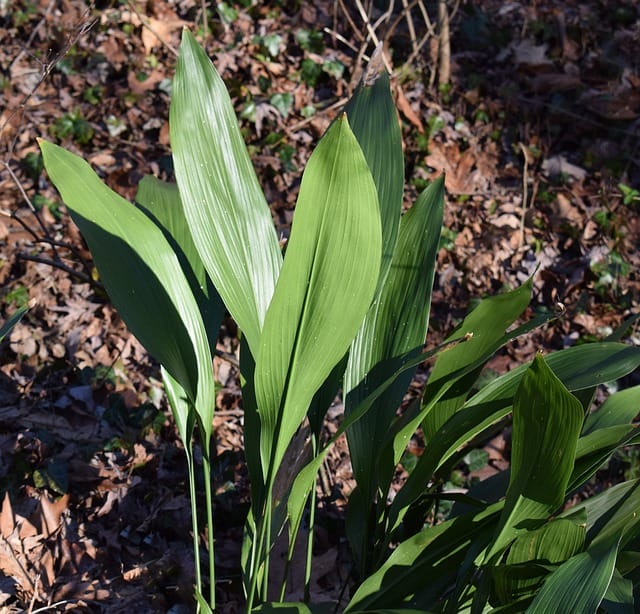
True to its name, the Cast Iron Plant is an incredibly hardy choice for shaded gardens. With large, glossy leaves and an ability to tolerate neglect, low light, and varied soil types, it’s perfect for beginners who might be wary of plant care.
This perennial is often used as ground cover and can spread quite generously if encouraged. It’s also highly resistant to pests, making it a low-maintenance choice. If you’re looking for an easy plant to add lush greenery to your shade gardening space, the Cast Iron Plant is an excellent option that will reward you with minimal effort.
Coral Bells (Heuchera ‘Delta Dawn’)
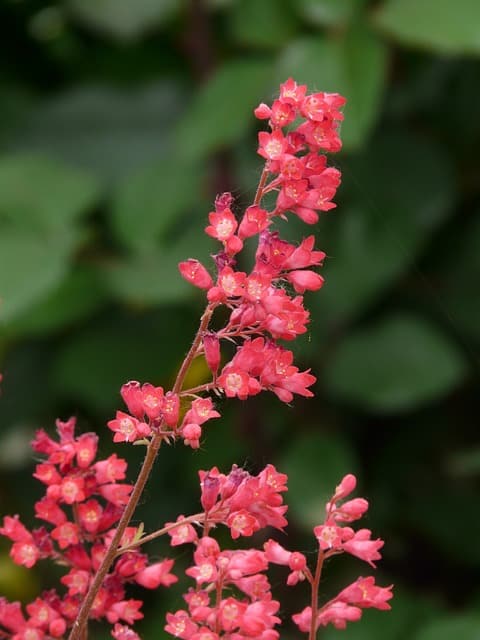
Coral Bells boast striking foliage that provides visual interest throughout the growing season. The ‘Delta Dawn’ variety features vibrant leaves in shades of peach through to copper, making it a versatile addition to any garden. While it appreciates partial shade, it can also tolerate some sun, which makes it adaptable for various spots in your garden.
These plants produce delicate flowers during spring and summer, and they draw butterflies while providing a colorful backdrop to your shady areas. Coral Bells are typically resistant to pests, and their low maintenance needs make them an ideal choice for beginners looking to add unique foliage to their landscapes.
Dwarf Palmetto (Sabal Minor)
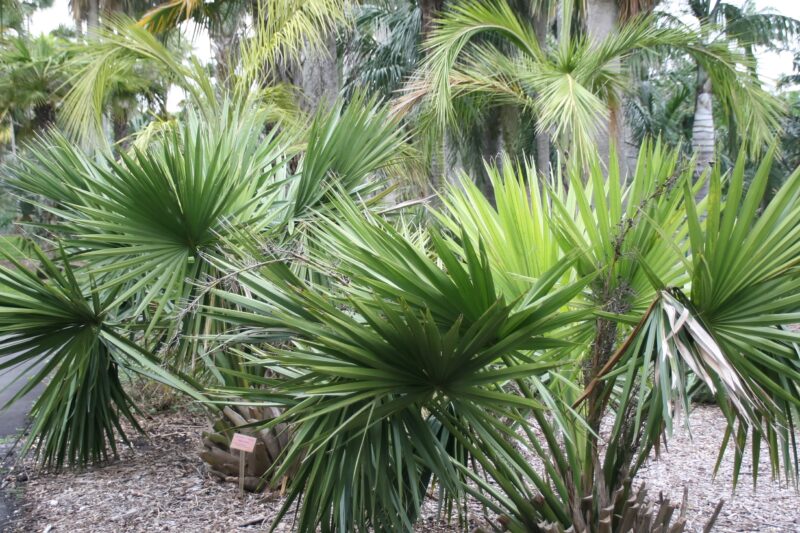
If you desire a tropical flair in your shade garden, the Dwarf Palmetto is the perfect plant for you. Known for its fan-shaped leaves and resilience, this palm variety can tolerate a range of soil conditions and thrive in dense shade.
Dwarf Palmetto adds structure to the garden with its unique form and is also notably cold hardy. Given its slow growth rate, it’s a great choice for those who prefer low-maintenance gardening. Be sure to observe the area for moisture retention, as this plant thrives in consistently moist conditions. With its lovely, lush foliage, the Dwarf Palmetto can transform a simple shade corner into a tropical escape.
Fiddleneck (Phacelia Congesta)

A lesser-known but charming addition to North Texas shade gardens is the Fiddleneck. Known for its whimsical, curled flower clusters, this plant brings an unexpected beauty to shaded spaces. It attracts bees and butterflies, supporting local wildlife and enhancing the natural charm of your garden.
Fiddleneck prefers moist, well-draining soil and can thrive with less-than-ideal light conditions. While it might not be the most robust plant, its unique appearance adds intrigue and interest to any garden. As a new gardener, you may appreciate how easy it is to grow; simply provide enough moisture and allow it space to spread!
Golden Groundsel (Packera Obovata)
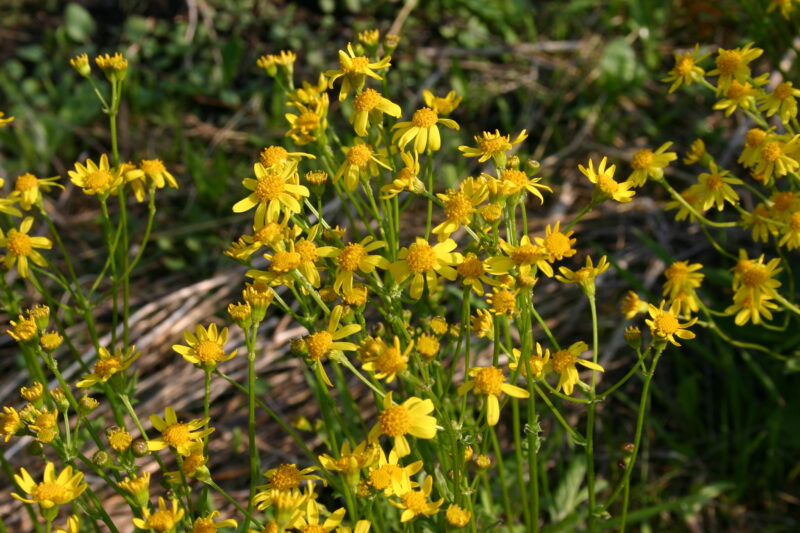
Another excellent selection for your shade garden is the Golden Groundsel, whose bright yellow flowers light up shaded areas in spring. This perennial blooms profusely and prefers moist, well-drained soil, offering beautiful color and substantial ground coverage.
Golden Groundsel is a wonderful choice for beginners, as it establishes quickly and spreads to form lovely clusters. The foliage is rounded, providing a nice basis for the flowers to shine. As a resilient and adaptive plant, this can flourish even in less-than-ideal conditions, standing out beautifully beneath larger, shady plants in your garden.
Japanese Aucuba (Aucuba Japonica)
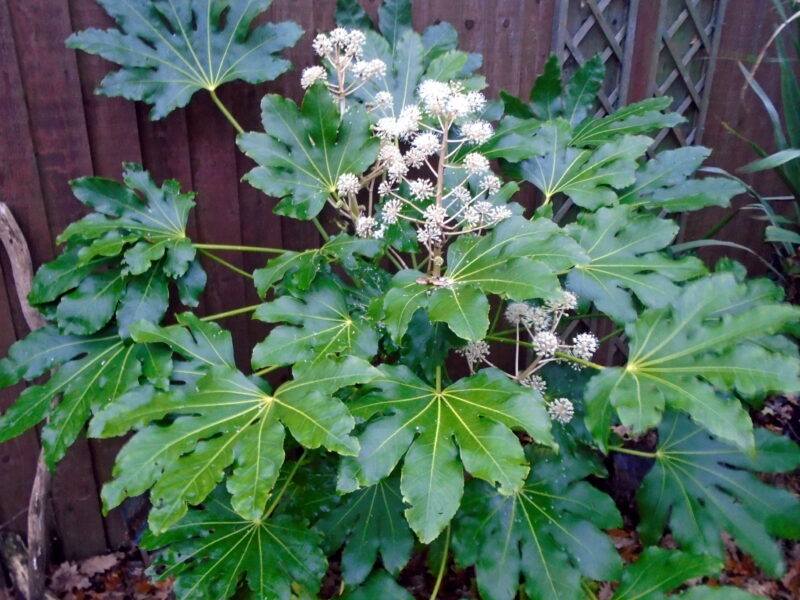
Japanese Aucuba is an evergreen shrub that shines in shady gardens, exhibiting glossy leaves that often feature beautiful yellow spots. This striking foliage adds texture and visual interest throughout the year. Aucuba is particularly noted for its tolerance of drought and adaptability to a variety of soil conditions.
Though it produces small, inconspicuous flowers, it truly stands out due to its colorful foliage. Planting this shrub near paths or shaded corners can brighten up those dull areas. For novice gardeners, Aucuba allows for minimal maintenance, only requiring annual pruning to promote healthy growth.
Scarlet Sage (Salvia Coccinea)
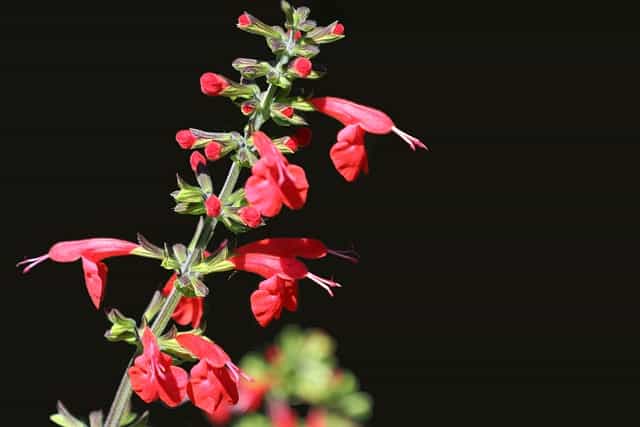
If you’re looking to attract pollinators to your shade garden, Scarlet Sage is an excellent choice. This annual or perennial plant offers stunning red, tubular flowers that bloom throughout the summer, capturing the attention of hummingbirds and butterflies alike.
Scarlet Sage grows well in partially shaded areas, providing a splash of color amidst lush green foliage. It thrives best in well-drained soils and should be watered regularly during dry seasons. For beginning gardeners, its vibrant blooms make it a rewarding plant, drawing life to any garden while requiring moderate maintenance.
Texas Gold Columbine (Aquilegia Chrysantha var. Hinckleyana)
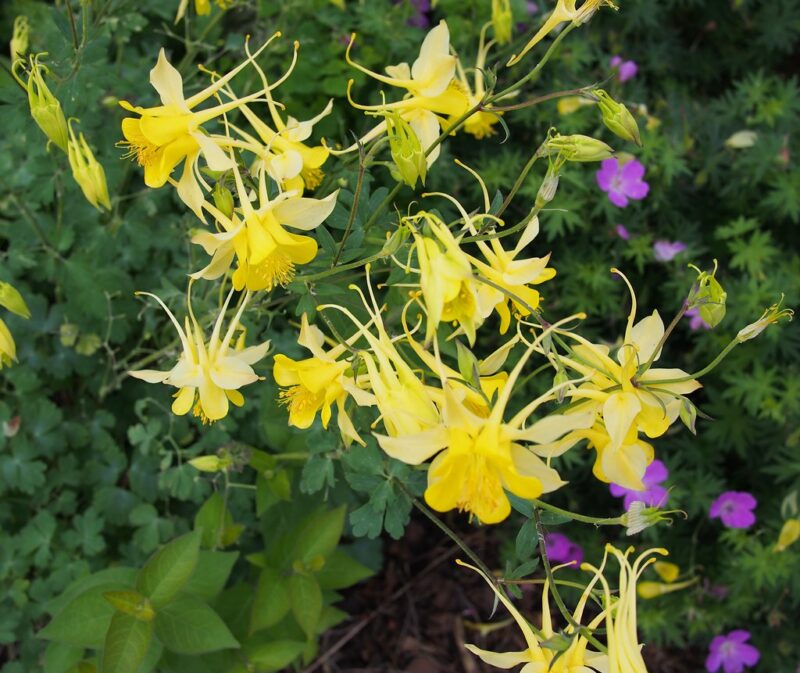
The Texas Gold Columbine is a delightful perennial native to the area, with charming, yellow flowers that elegantly dangle from tall stems, creating a delicate appearance against the backdrop of lower foliage. This plant thrives in filtered sunlight and is drought-tolerant once established, making it a fantastic option for North Texas shade gardens.
Columbine plants like slightly acidic soil enriched with organic matter. They’re great for beginners, bringing seasonal interest to your garden with their unique shape and sunny color. Additionally, they attract various pollinators, which further enriches your garden’s ecosystem.
Texas Redbud (Cercis Canadensis var. Texensis)
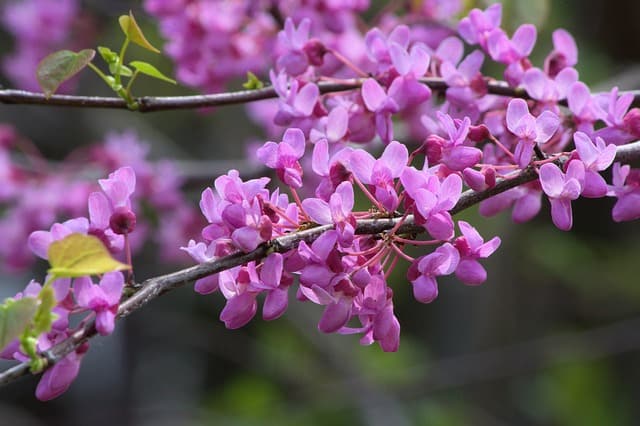
The Texas Redbud is a stunning small tree that is well-suited to shaded garden environments. Known for its profusion of pink flowers that emerge in early spring, it serves as a beacon of seasonal change. When its heart-shaped leaves unfurl, they add a lovely green canopy throughout the growing season.
This native tree prefers well-drained soil and tolerates various light levels; however, it flourishes best in locations offering some protection from the harsh afternoon sun. While the initial planting requires some attention, the beauty and benefits the Texas Redbud provides in your garden are well worth the effort.
Turk’s Cap (Malvaviscus Arboreus var. Drummondii)
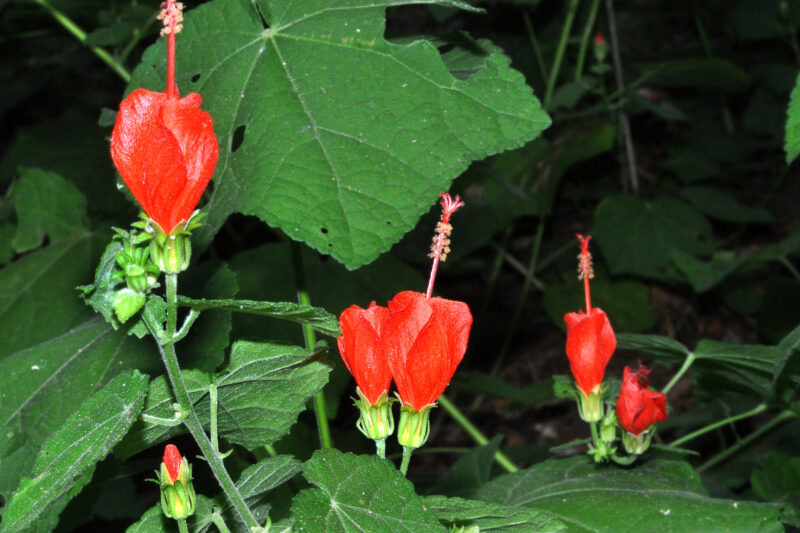
Turk’s Cap is a standout accent plant in shade gardens, with vibrant red or pink flowers that resemble hibiscus blooms. This hardy perennial thrives in shade and is notably drought-tolerant, making it a fantastic option for low-maintenance gardening in North Texas.
This plant not only provides eye-catching flowers but its leaves are also edible, which adds an interesting culinary aspect to your gardening. Furthermore, Turk’s Cap attracts hummingbirds and butterflies, enriching the biodiversity of your garden. As a beginner-friendly option, simply provide it with some water during dry periods and enjoy the beauty it brings all summer long.


